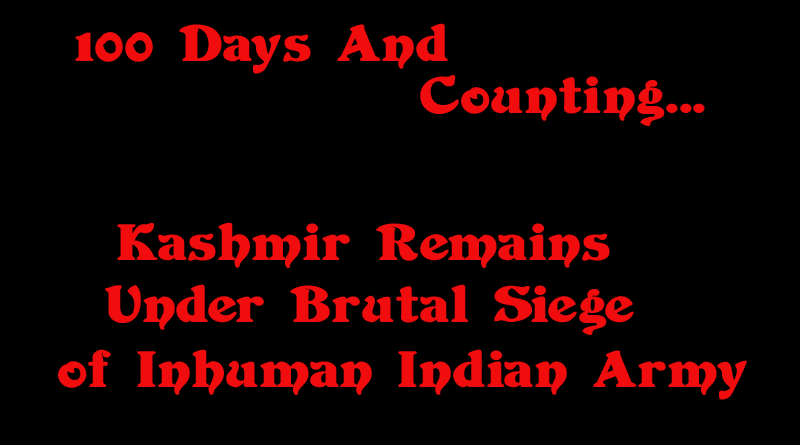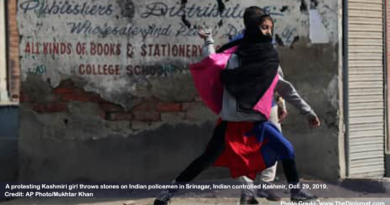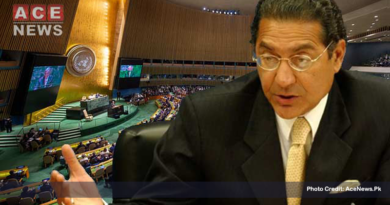100 Days and Counting: Glimpses of the Lockdown, Shutdown in Kashmir
Photographs taken over the past three months while reporting from different parts of Kashmir narrate their own story.
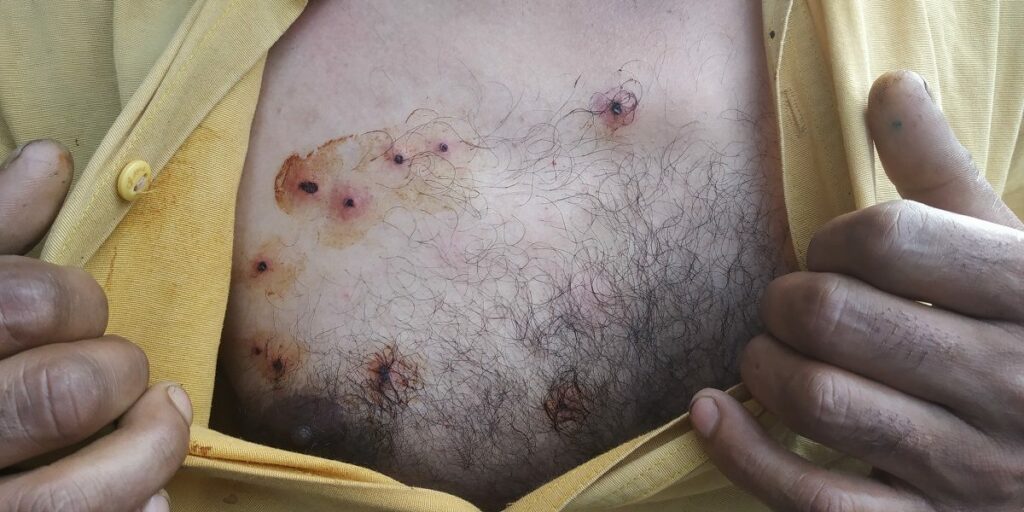
Srinagar: Today, November 12, marks the completion of 100 days of lockdown and shutdown in Kashmir following the dilution of Article 370 and bifurcation of the state on August 5.
The state-enforced siege on the lives of the people of Kashmir began in the summer. It remains intact as the winter begins. Officially intended for the ‘protection’ of lives but actually designed to instill fear and submission, the siege has choked not just the freedom of expression, communication and association but also the economy. No aspect of daily life remains unaffected.
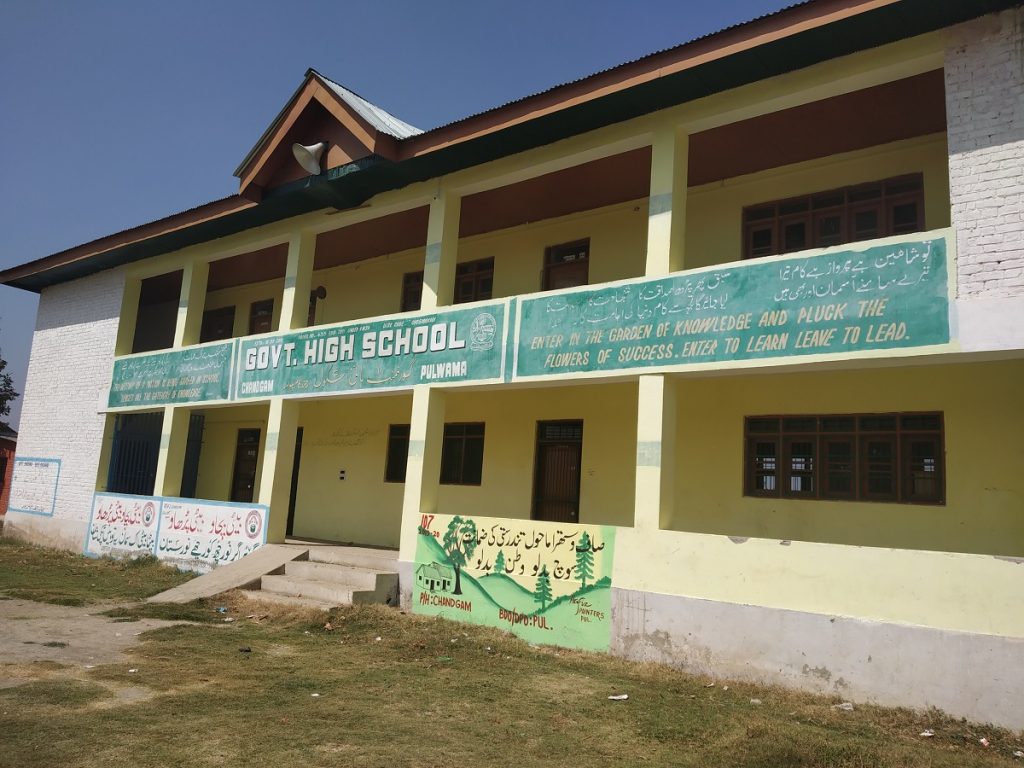
The markers of the siege are visible everywhere – a censored press, more bunkers, longer military convoys, soldiers atop military vehicles, standing guard on either side of the road with batons and guns in their hands, bringing civilian traffic to an abrupt halt; coils of concertina wires and road blockades occupying virtually all main roads and crossings.
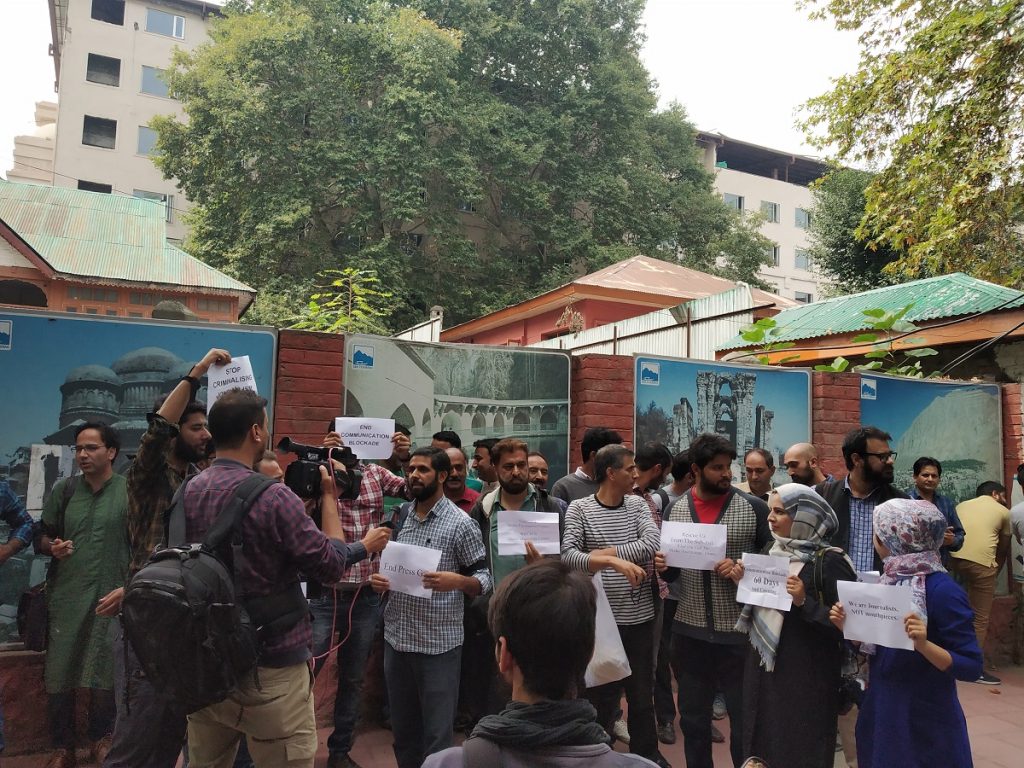
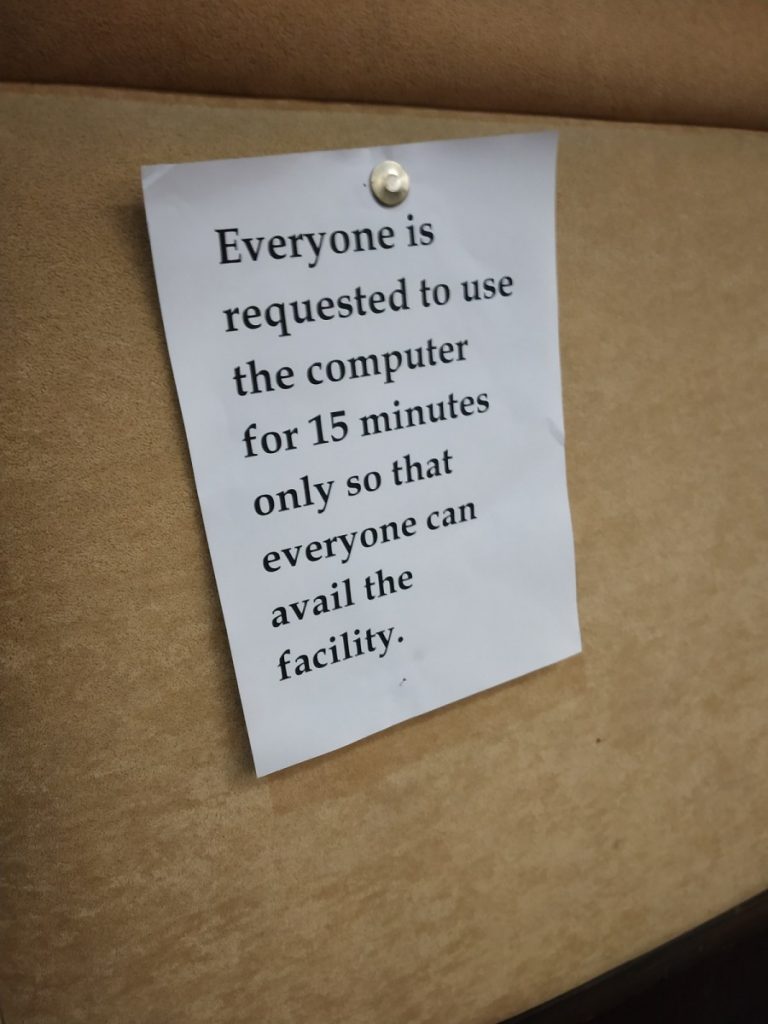
The communications blockade – access to the internet has been barred since the night of August 4 – the voluntary shutdown, protests, growing anger, dispossession, humiliation, and loss, all of this has cumulated into dark clouds of despondency hovering over the valley in the past three months. Uncertainty pervades the air. The passage of time has only added to the gloom. There are no clearer answers, especially about when this abnormal situation will end. On New Delhi-based TV channels, however, normalcy has long since returned in Kashmir.
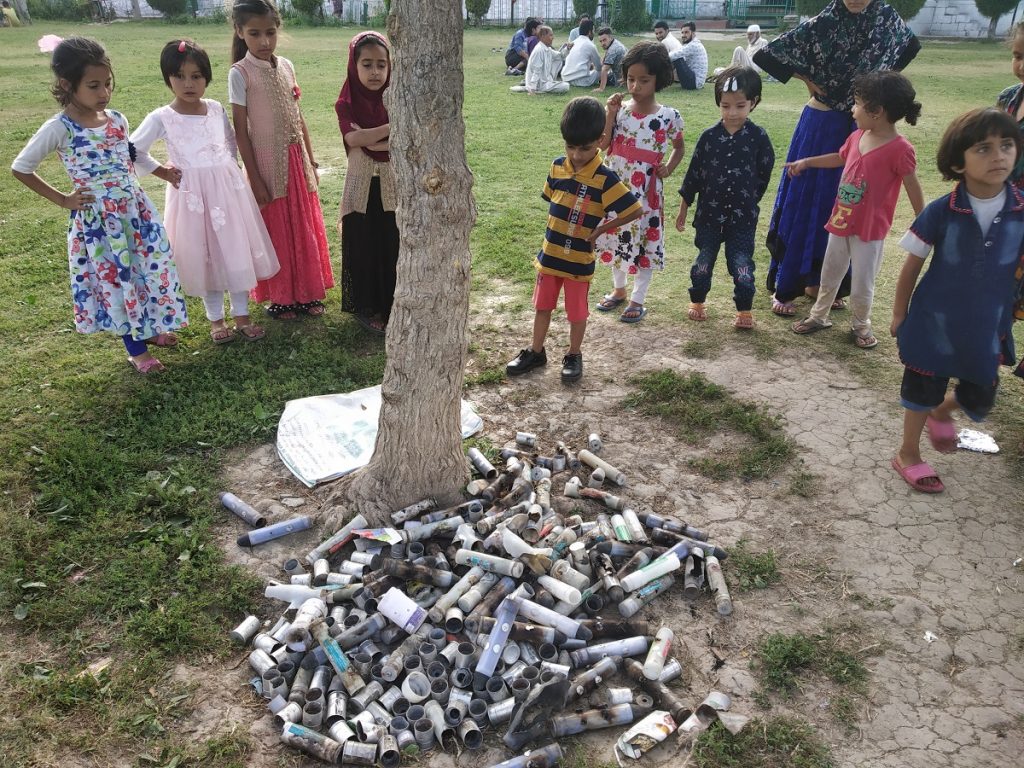
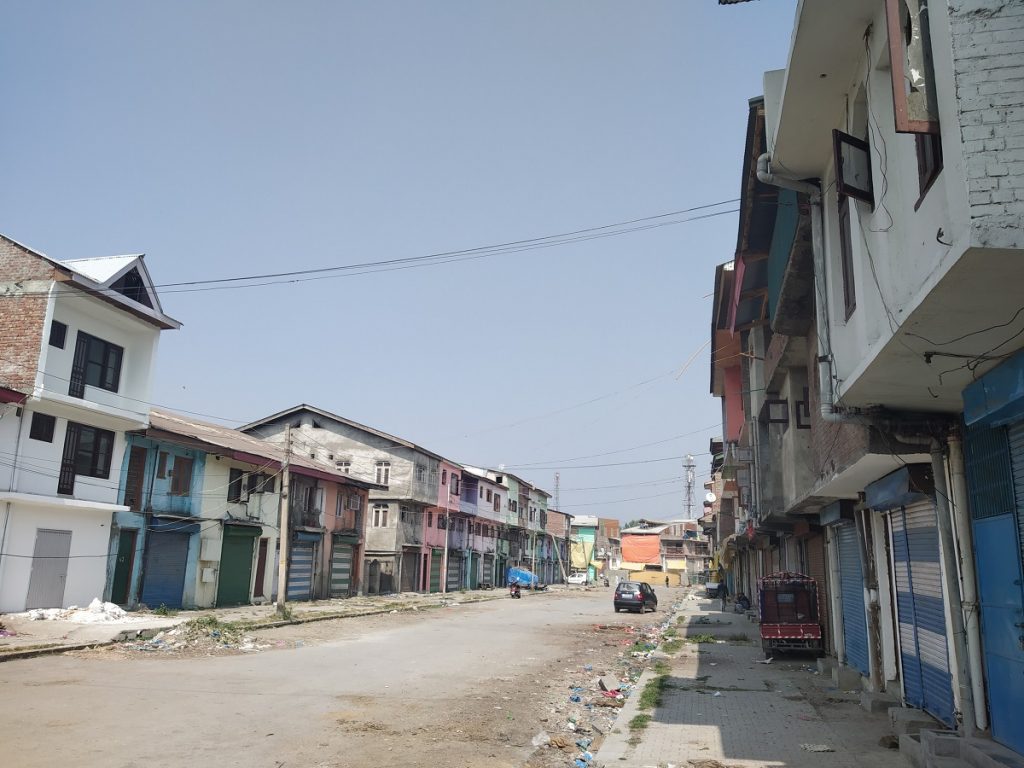
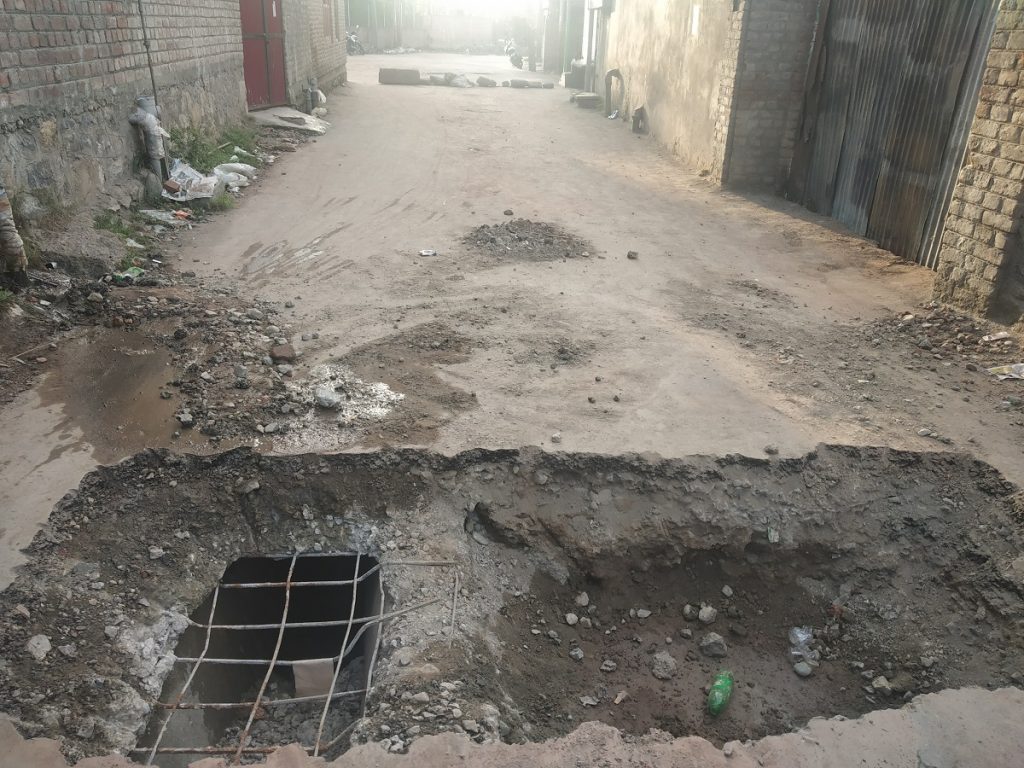
And yet, despite all the restrictions and the denial of basic rights to communicate and express views freely online and offline, the will to survive and defy is visible everywhere. What an old man from Anchar in the Soura locality of Srinagar told a fact-finding team of lawyers, activists and trade union leaders from different states that recently visited the Valley aptly sums up the popular mood:
“We have been using a shawl for all these years to cover our bodies. There are several, maybe 10 holes in it. Yet we have been using the same shawl. There is today an 11th hole in it and we will continue wearing the shawl,” the man was quoted in the report “Imprisoned Resistance” released last month by the team in New Delhi.
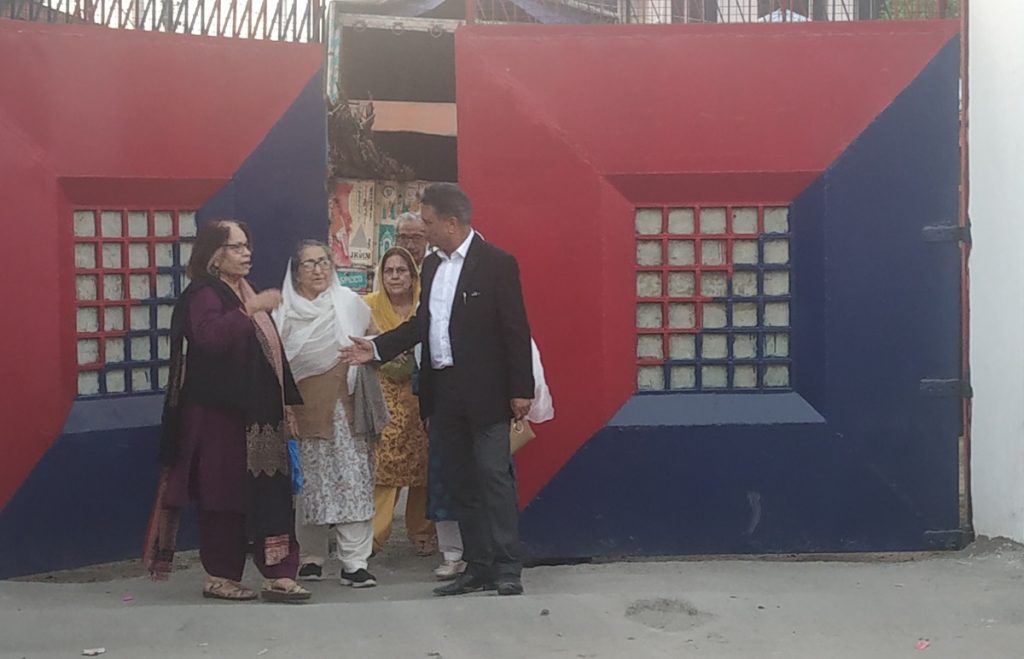
The photographs I took with my phone over the past three months while reporting from different parts of Kashmir narrate their own story. The images also provide a glimpse of what the much propagated ‘normalcy’ means for the people of Kashmir.
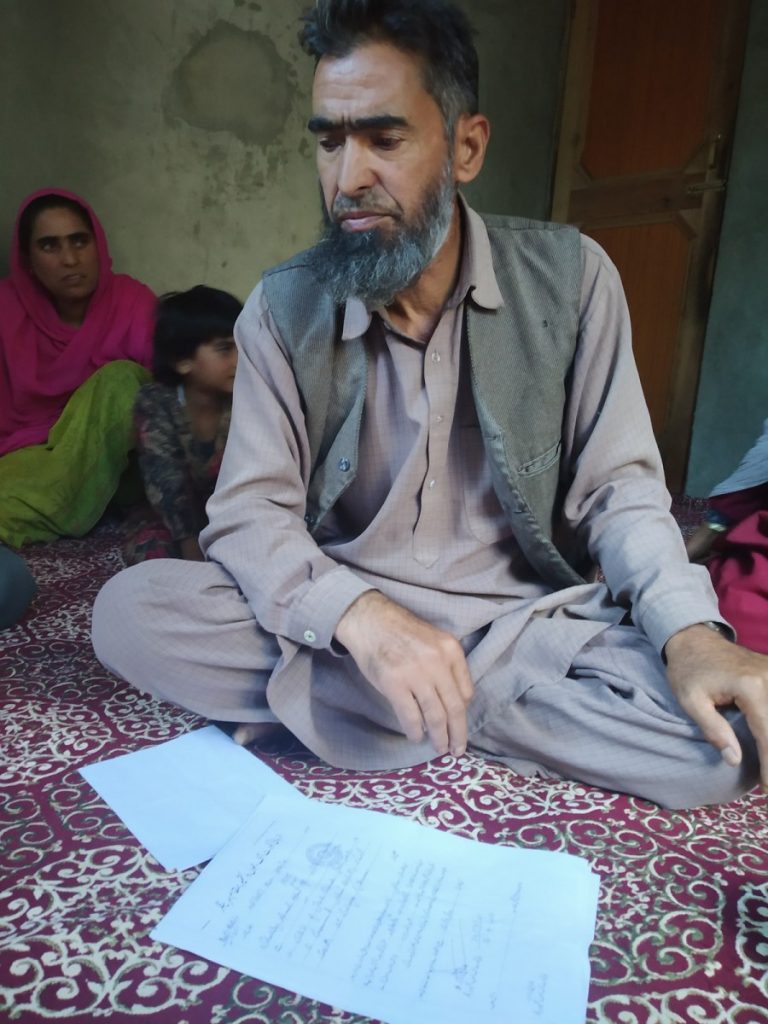

Courtesy:
https://thewire.in/rights/100-days-of-kashmir-lockdown-shutdown-photos

